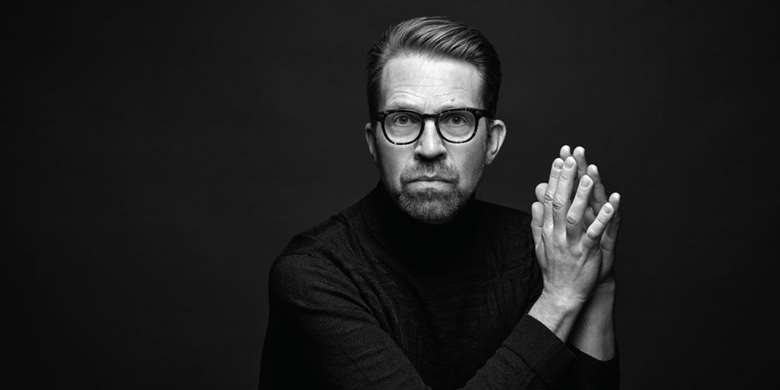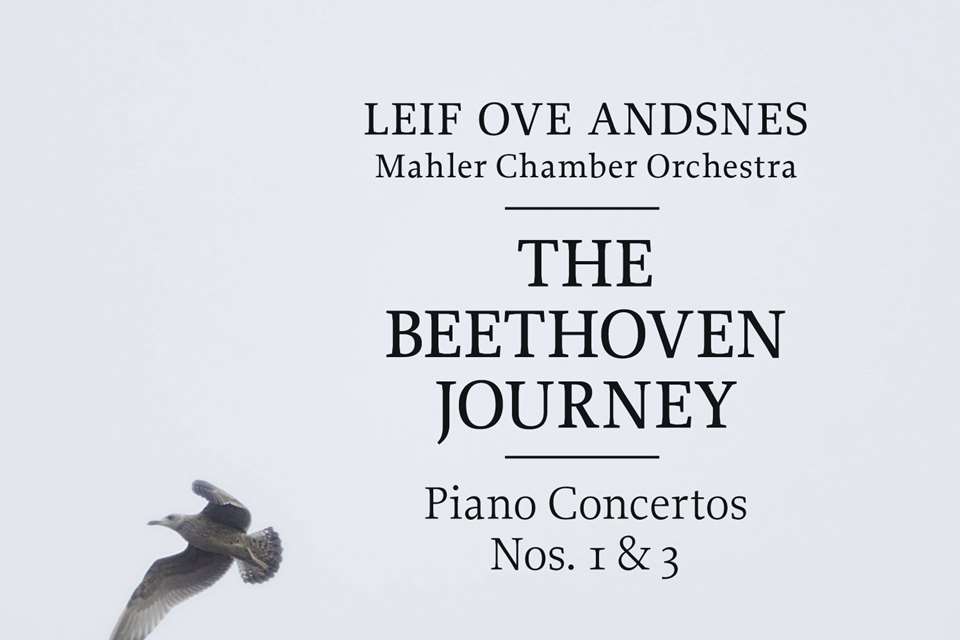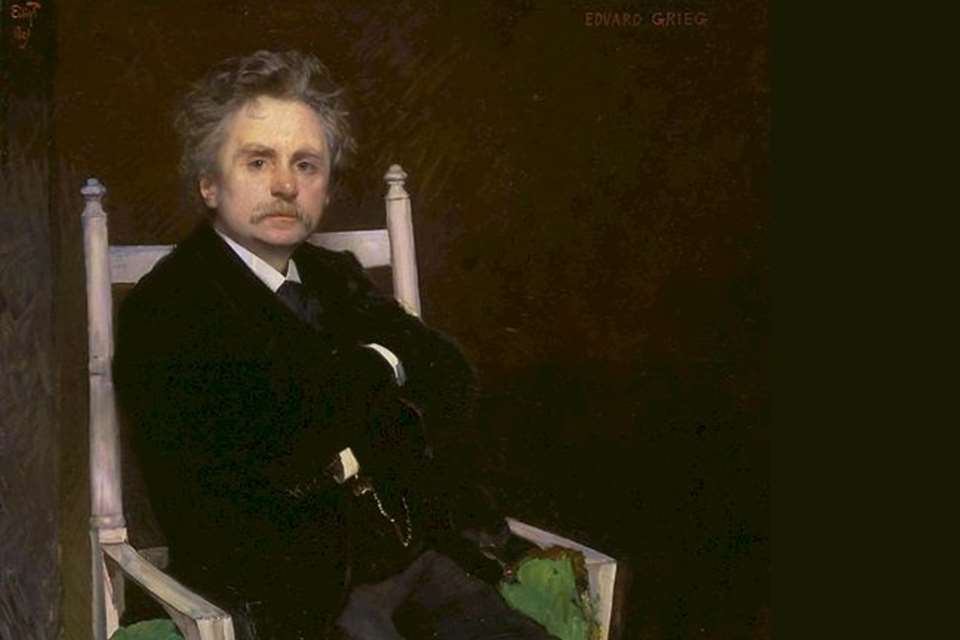Leif Ove Andsnes interview: ‘It’s amazing what happens in three years of Mozart’s life’
Hugo Shirley
Friday, May 28, 2021
Despite Covid’s devastating tidal-wave effect on the music world, pianist Leif Ove Andsnes has miraculously salvaged his Mozart Momentum project for Sony Classical. He is amazed and grateful, he tells Hugo Shirley in Berlin

Register now to continue reading
Thanks for exploring the Gramophone website. Sign up for a free account today to enjoy the following benefits:
- Free access to 3 subscriber-only articles per month
- Unlimited access to our news, podcasts and awards pages
- Free weekly email newsletter











